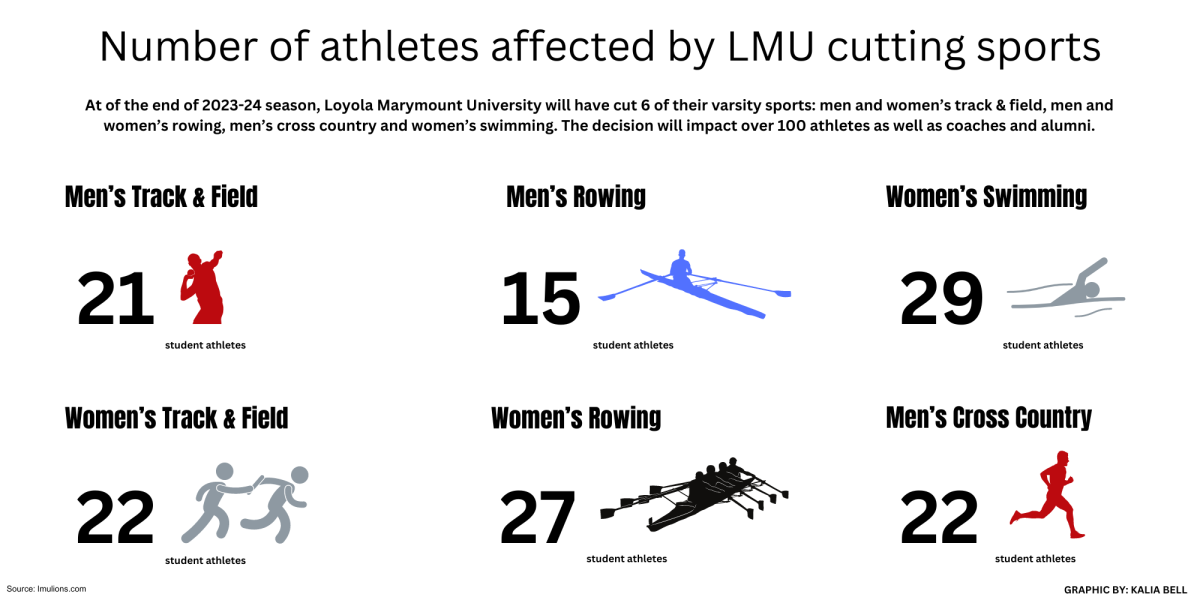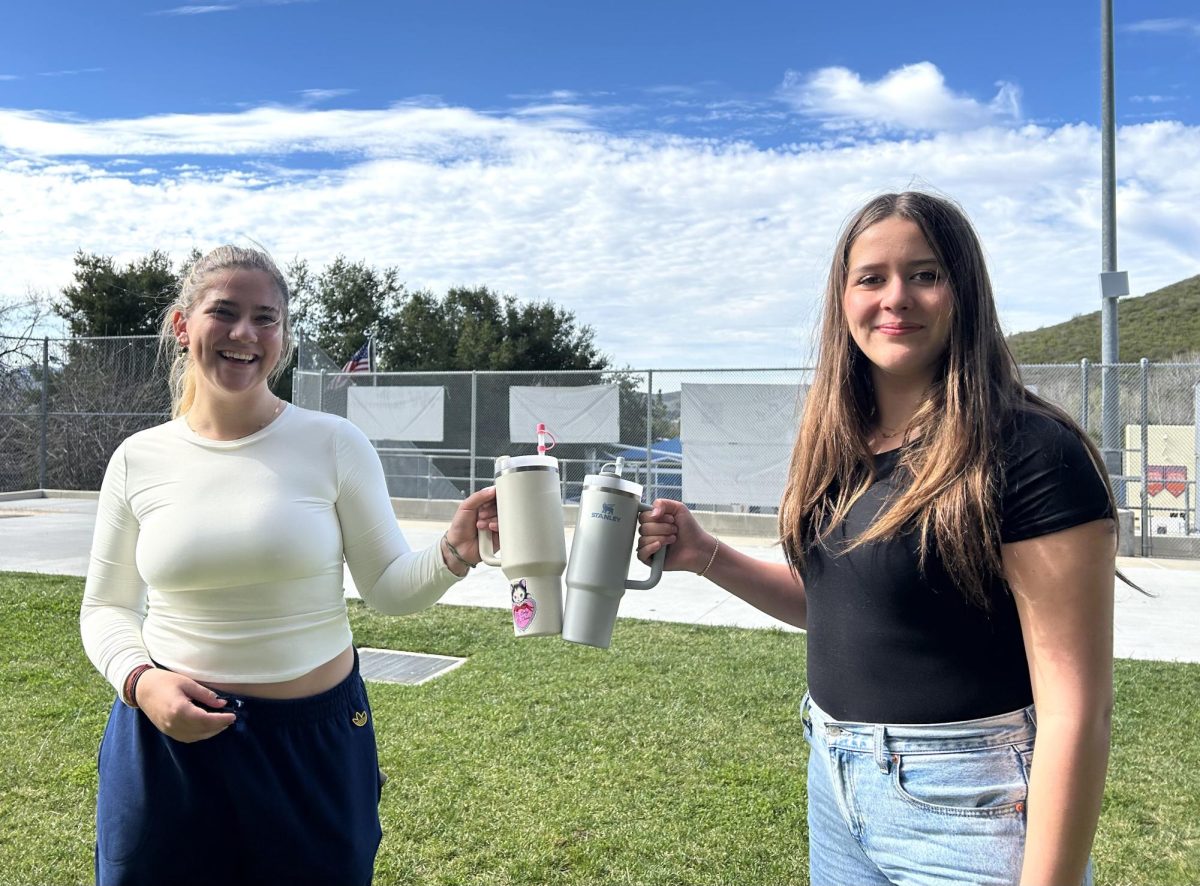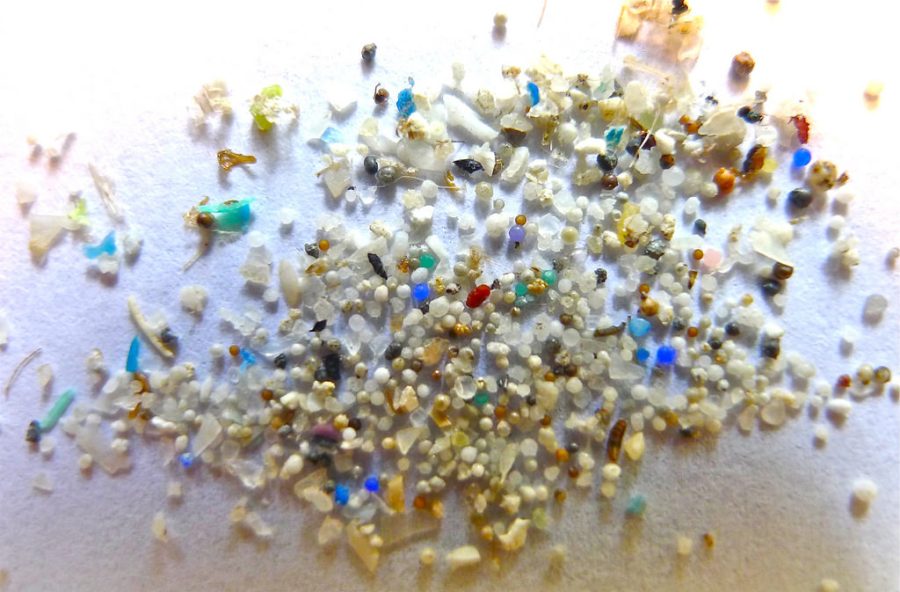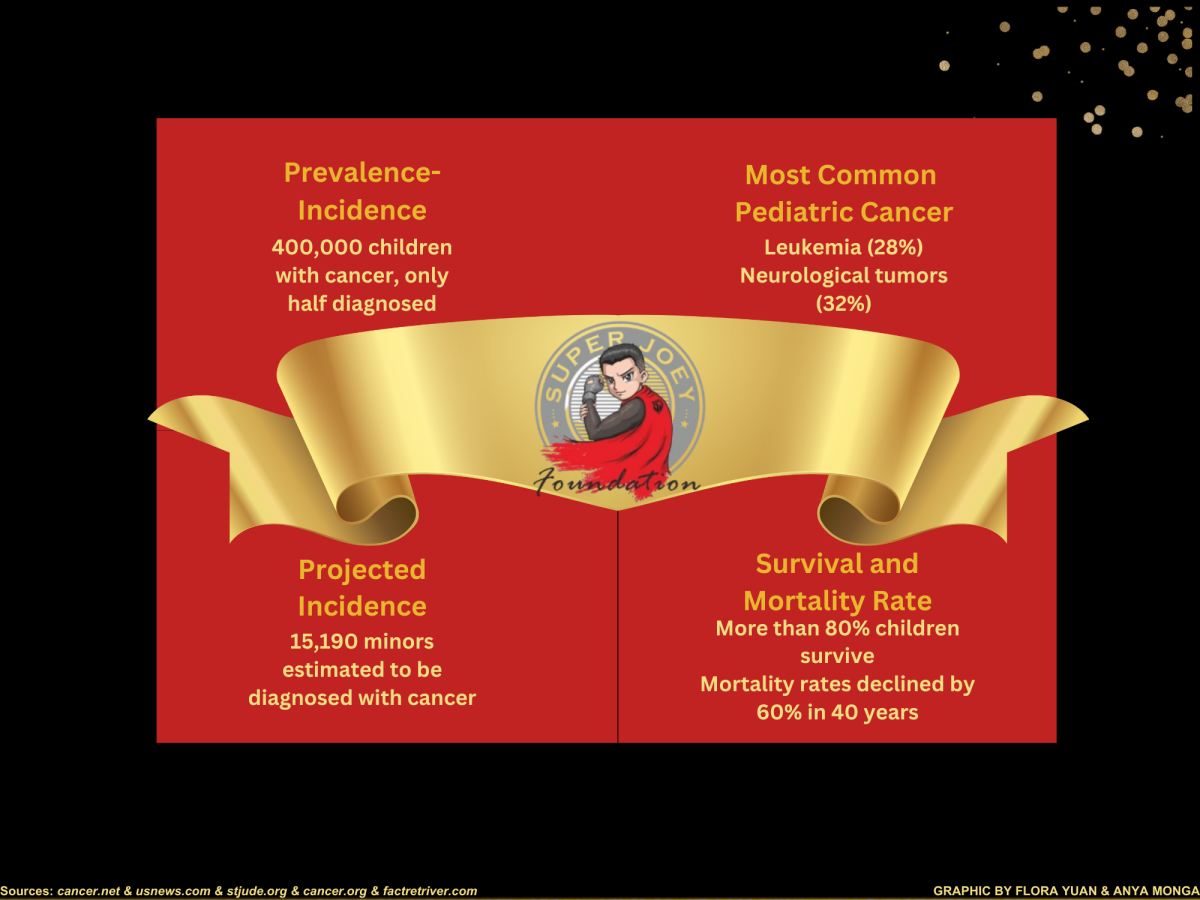Over the past several decades, the Earth’s single-use plastic consumption has risen exponentially. Single-use plastics include straws, Ziploc bags, produce packaging and bottles. The world’s net buildup of plastic is approximately 8.3 billion metric tons, according to National Geographic.
This has incited apprehension in some, but many continue to purchase plastic products on a regular basis, unable to comprehend their plastic buildup in both dumps and the ocean.
While single-use plastics present a threat of their own, they are also causing the formation of microplastics, a less visible pollutant. A relatively recent field of study of rising concern, microplastics range anywhere from 100 nanometers to five millimeters in size. They result from the gradual breakdown of large single-use plastics (such as bottles or plastic bags) and can be found in clothes or everyday beauty products.
The issue became more widespread during the past five years, as many consumers and researchers were unaware of its prevalence in 2012.
Microbeads, a type of microplastic, have been discovered in toothpastes, exfoliants, cleansers and cosmetics. One tube of toothpaste can contain up to 330,000 microplastics; roughly eight billion microplastics are released into the environment daily.
Once these products are washed down the drain, microbeads accumulate in sewers, lakes, oceans and other large bodies of water. While the beads and plastics may seem minute individually, there are enough microplastics to wrap around the world seven times, according to National Ocean Service.
Microplastics also exist in food and drinks. According to The Conversation, microplastics can end up in table salts, seafood, honey, beer and water bottles.
Scientists have discovered that single-use water bottles contain between two and 44 microplastics per liter. Returnable water bottles, which usually come in the form of gallon-sized tubs, contained between 28 and 241 microplastics per liter.
In a recent study conducted by physician-scientist Philipp Schwabl, three men and five women from ages 33 to 65 kept a food diary and provided a stool sample, all of which contained plastics. Some of the consumed products included gum, seafood, water from plastic bottles and food wrapped in plastic.
“We showed there are microplastics in human stool,” said Schwabl in National Geographic. “Up to now, people believed it, but now we know it. That’s important.”
Because people are exposed to microplastics on a regular basis, it is sensible that plastic was found in the subjects’ waste. Due to the finding, it is being questioned whether or not microplastics are entering the bloodstream and organs of the human body.
In an article published by National Geographic, Laura Parker, a staff writer who specializes in climate change and marine environments, wrote, “Microplastics have been found in more than 114 aquatic species, and studies have shown the potential damage to reproductive systems and the liver.”
Thus, it is probable that microplastics will have harmful effects on humans as well.
Action is being taken in order to address the proliferation of microplastics and microbeads, most notably when former President Barack Obama advocated for the end of plastic microbeads in cosmetics and beauty products by signing the Microbead-Free Waters Act in December 2015.
Small variations in one’s daily routine that impact the Earth’s microplastic and single-use plastic footprint. Such changes include abandoning single-use plastics in the first place, by purchasing a reusable water bottle, using containers rather than Ziplocs, using reusable grocery bags and avoiding produce encased in plastic. Homemade facial scrubs and certain toothpastes such as Earthpaste, AloeDent and specific Colgate products do not contain microplastics.
Marine scientists Karen Lavender Law and Richard Thompson published a report in regards to microplastics in The Independent.
“Given concerns over microplastics, the temptation may be to ‘clean up the mess,’ but substantial removal of microplastic debris from the environment is not feasible,” stated Law and Thompson. “Identification and elimination of some of the major inputs of plastic waste is a more promising route, as is reduced consumption and the recognition of plastic waste as a [reusable] resource.”
























